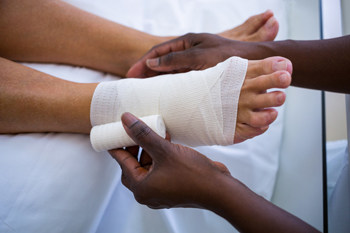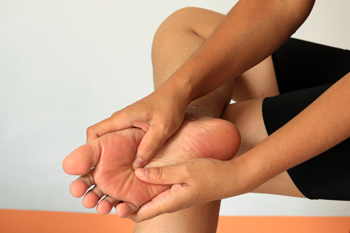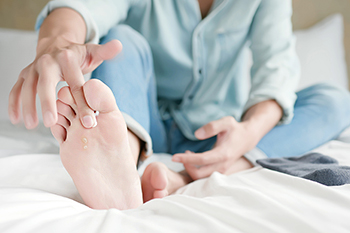
As we age, the risk of experiencing a fall increases, posing a significant threat to independence and mobility among individuals aged 65 and older. Falls can lead to severe consequences, often affecting the feet, including fractures, reduced quality of life, and loss of independence. Therefore, prioritizing falls prevention is paramount. Several risk factors contribute to falls in older adults, including muscle weakness, balance issues, medication side effects, and environmental hazards. Implementing preventive measures, such as regular exercise to improve strength and balance, removing tripping hazards at home, ensuring proper lighting, and reviewing medications with a healthcare provider, can significantly reduce the risk of falls. A podiatrist can assess foot health and address issues, such as wearing improper footwear and having foot pain, which can contribute to instability. Additionally, they can provide guidance on proper foot care and recommend custom orthotic devices to improve balance and mobility. If you are a senior and want to learn more about falls prevention and what you can do to protect yourself, it is suggested that you schedule an appointment with a podiatrist who can help you safeguard your independence and well-being.
Preventing falls among the elderly is very important. If you are older and have fallen or fear that you are prone to falling, consult with Vincent, Vess from Fourth River Foot & Ankle. Our doctor will assess your condition and provide you with quality advice and care.
Every 11 seconds, an elderly American is being treated in an emergency room for a fall related injury. Falls are the leading cause of head and hip injuries for those 65 and older. Due to decreases in strength, balance, senses, and lack of awareness, elderly persons are very susceptible to falling. Thankfully, there are a number of things older persons can do to prevent falls.
How to Prevent Falls
Some effective methods that older persons can do to prevent falls include:
- Enrolling in strength and balance exercise program to increase balance and strength
- Periodically having your sight and hearing checked
- Discuss any medications you have with a doctor to see if it increases the risk of falling
- Clearing the house of falling hazards and installing devices like grab bars and railings
- Utilizing a walker or cane
- Wearing shoes that provide good support and cushioning
- Talking to family members about falling and increasing awareness
Falling can be a traumatic and embarrassing experience for elderly persons; this can make them less willing to leave the house, and less willing to talk to someone about their fears of falling. Doing such things, however, will increase the likelihood of tripping or losing one’s balance. Knowing the causes of falling and how to prevent them is the best way to mitigate the risk of serious injury.
If you have any questions, please feel free to contact our offices located in Pittsburgh, White Oak, and McKeesport,PA . We offer the newest diagnostic and treatment technologies for all your foot care needs.
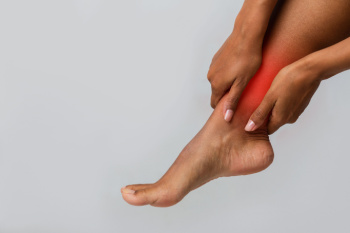
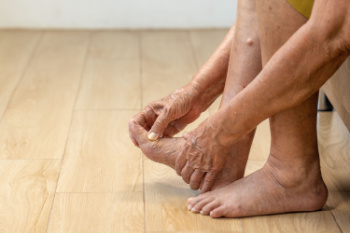

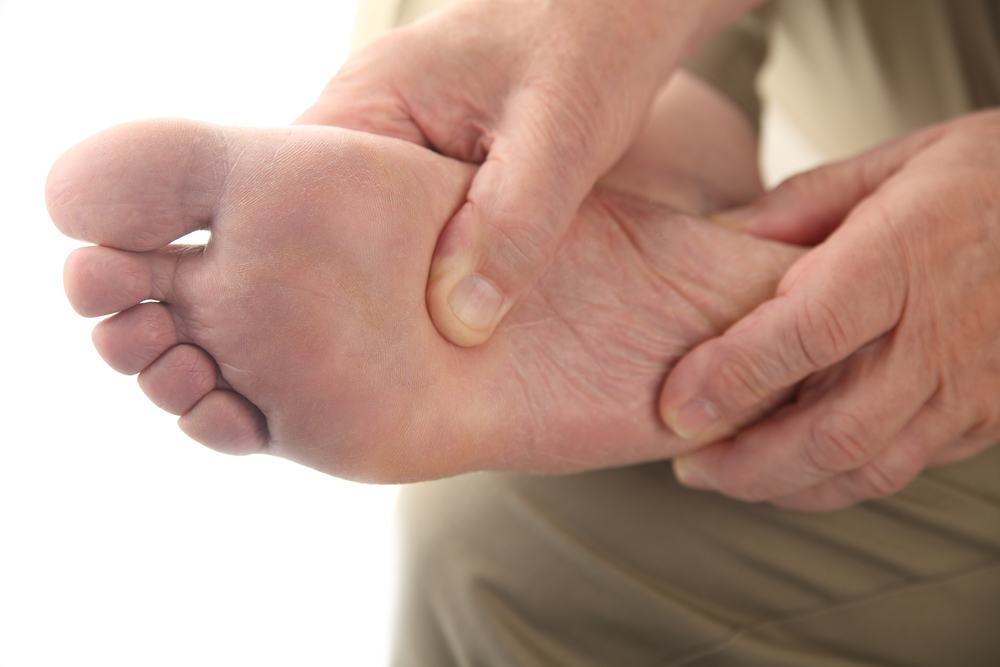
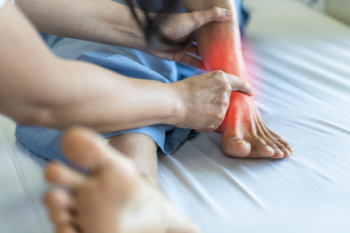 Tarsal tunnel syndrome
Tarsal tunnel syndrome